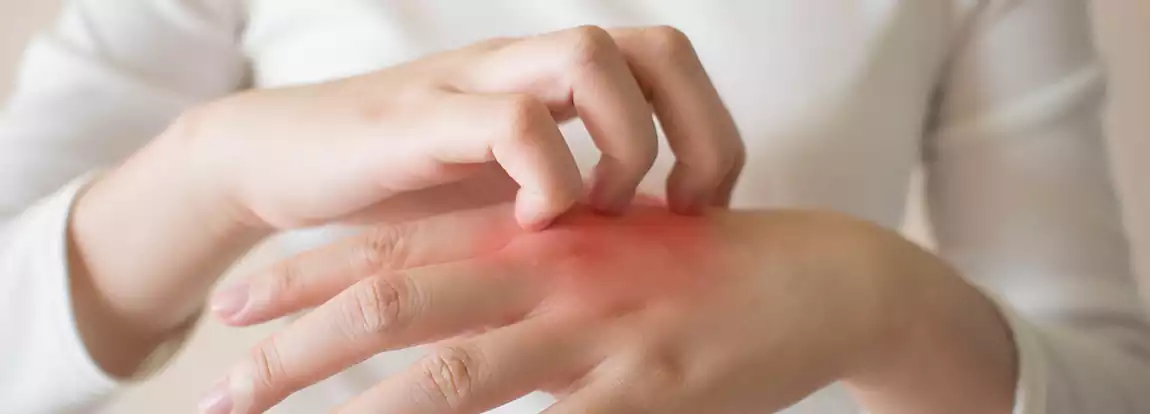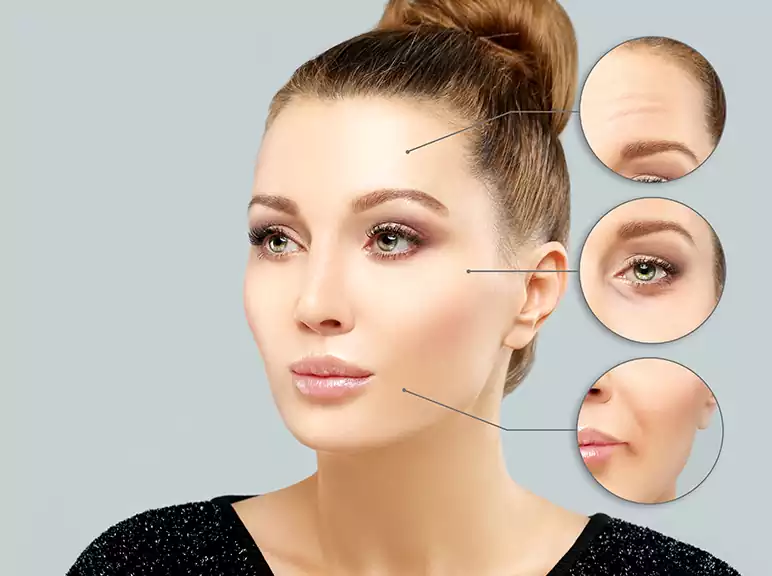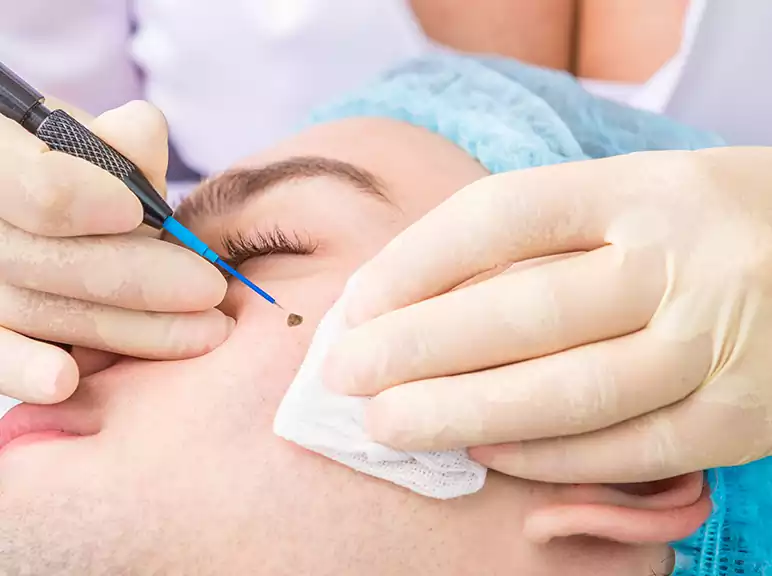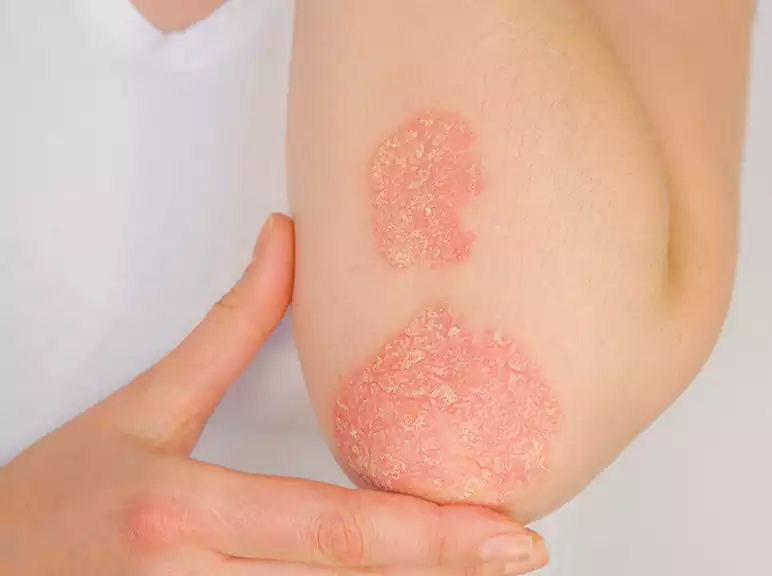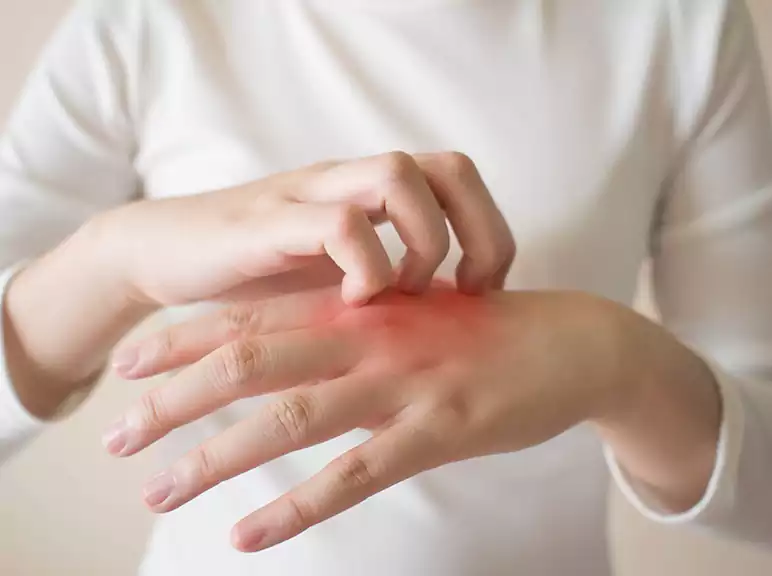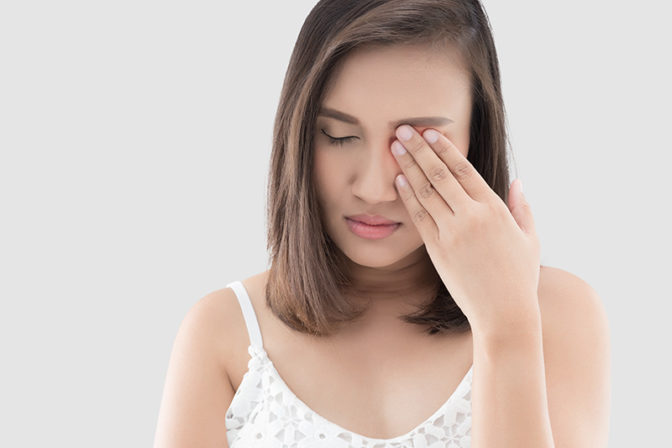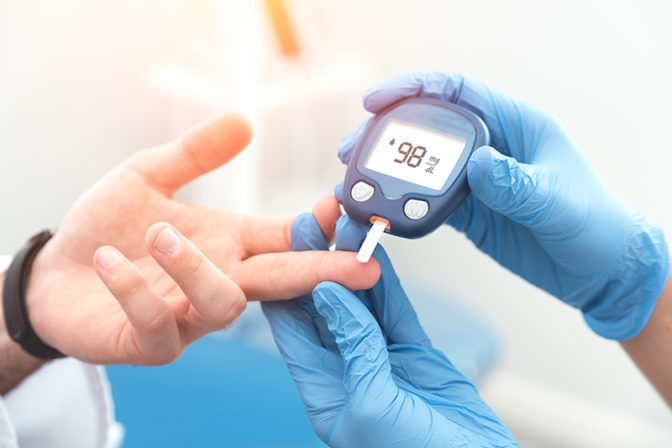Rashes
A rash is an area of skin that is irritated or swollen. Usually, rashes are itchy, red, painful, and irritated. Some rashes may also lead to blisters or patches of raw skin. Other causes include irritant substances and allergies. Some genes could make people more likely to get rashes.
Contact dermatitis is a common rash. It causes redness, itching, and sometimes even small bumps. You get a rash where you’ve touched an irritant, such as a chemical, or something you’re allergic to, like poison ivy. Some rashes start suddenly. Others take several days to form. Although most rashes clear up quickly, others are long-lasting and require long-term treatment. Because many different things can lead to rashes, it’s important to figure out what kind you have before you do it. If you have a bad rash, if it doesn’t go away, or if you have other symptoms, you should see our dermatologist at AVIVO clinics. Treatments may include moisturizers, lotions, baths, cortisone creams that relieve swelling, and antihistamines that relieve itching.
Rashes may be caused by viruses, bacteria, medicines, heat, allergies, and many other things. A lot of them are just a little annoyance. But some of them can be serious and need medical treatment.
The rash is defined as a widespread rash of skin lesions. It’s a very broad medical term. The appearance of rashes can vary greatly, and there are many potential causes.
Rashes occur in many forms, and common causes include contact dermatitis, body infections, and allergic reactions to medication. They may be dry, moist, bumpy, smooth, cracked, or blistered; they may be painful, itchy, and even change colour. Rashes affect millions of people around the world; some rashes may not need to be treated and will clear on their own, some may be treated at home; others may be a sign of something more serious.
Signs and symptoms
- Redness
- Spots on your skin
- Scalable skin
- Itchiness
- Swelling
- Bumps
- Blisters
- Pimples
What to do to ease discomfort:
- Add some cups of oatmeal to the bath
- Dry the skin (instead of rubbing) after a bath or shower.
- Do not scrub or scratch the affected skin.
- Leave the rash as exposed to the air as much as possible.
Get medical attention if:
- Your child has a fever.
- Your child is looking sick.
- There are tiny red dots that cannot be felt when they are touched and do not fade when they are pressed.
- Some bruises are not related to injuries.
- After a week, there is no improvement.
- Think of prevention
Rashes can be difficult to avoid. However, some types can be avoided:
- Avoid contact with people with contagious skin rashes.
- In the case of allergic rashes, try to avoid the substance that causes the reaction.
- Use sunscreen to prevent sunburn.
- If your child has eczema flare-ups, avoid harsh soaps.
Common Causes
There are several potential causes of the rash, including allergies, diseases, reactions, and medications. They may also be caused by bacterial, fungal, viral or parasitic infections.
Contact dermatitis
One of the most common causes of rash – contact dermatitis – occurs when the skin reacts to something it has touched. The skin may become swollen and red, and the rash tends to be weepy and oozy. Common causes shall include:
- Dyes in clothes
- Cosmetic products
- Toxic plants, such as sumac and poison ivy
- Chemicals, such as latex and rubber
Medication
Some drugs may cause rashes in some people; this may be a side effect or an allergic reaction. Some medications, including some antibiotics, also cause photosensitivity – making the individual more susceptible to sunlight. The photosensitivity reaction is similar to a sunburn.
Infections
Bacteria, virus, or fungal infections can also cause a rash. These rashes may vary depending on the type of infection. For example, candidiasis, a common fungal infection, causes an itchy rash that generally occurs in the folds of the skin.
Autoimmune Conditions
An autoimmune condition happens when an individual’s immune system begins to attack healthy tissues. There are many sorts of autoimmune diseases, and certain types can cause rashes. For example, lupus is a condition that affects many body parts, including the skin. It causes a butterfly-shaped rash on the face.
Rashes occur in many forms and develop for many reasons. However, some actions can be taken to speed up recovery and ease some discomfort:
- Use mild soap – not fragrant. These soaps are sometimes advertised for skin sensation or baby skin.
- Do not wash with hot water; use warm water.
- Try to let the rash breathe. Don’t cover with a band-aid or a bandage.
- Don’t rub your rash dry, pat it.
- If the rash is dry, use unscented moisturizers, for example, in eczema.
- Do not use any lotions or cosmetics that may cause a rash – such as newly purchased items.
- Avoid scratching to lessen the chance of infection.
- Cortisone creams that can be bought over the counter or online may ease itching.
- Calamine may relieve some rashes, e.g. poison ivy, chickenpox and poison oak.
- It is essential to talk to our doctor before taking any medication. Compare brands before purchasing over the counter or online products to ensure that the product is appropriate.

